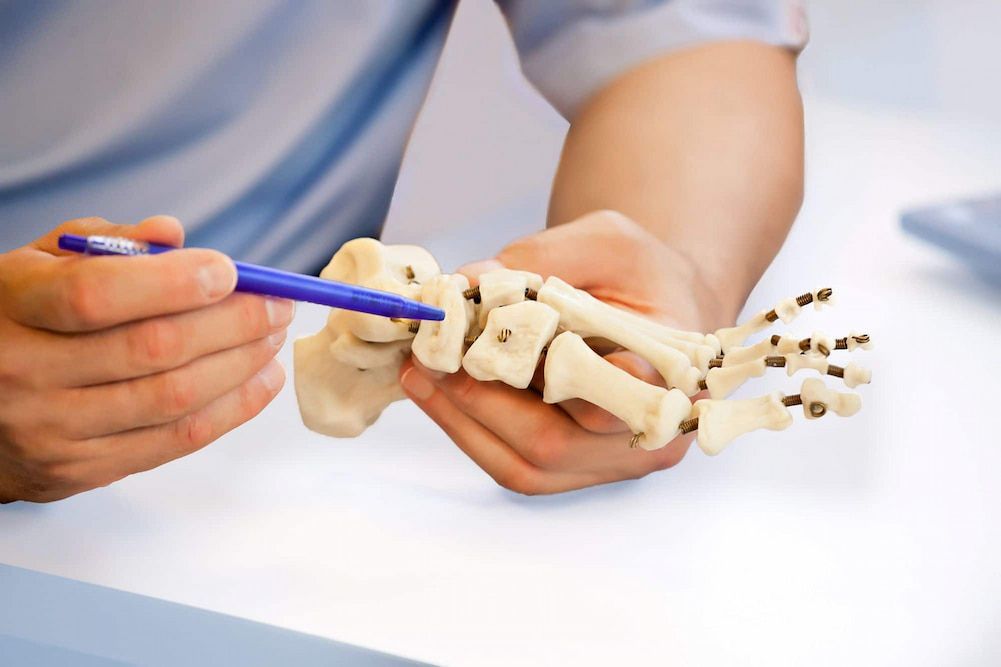We Treat Posterior Tibial Tendon Dysfunction in Darwin
Personalised Services
Small & Private Clinic
Central Location
Weekly Satellite Clinic
Understanding the Tibialis Posterior
At Swan Podiatry and Orthotics, we recognise the critical role of the Tibialis Posterior muscle, often called the ‘tib post,’ in maintaining proper foot function and mobility. This muscle originates on the inside of the shin and extends around the inner ankle, where it attaches to the central point of the foot's arch, essentially providing structural support. The tib post helps maintain the arch, which is vital for walking, running and standing. When this muscle is compromised, it can lead to Tibialis Posterior Tendon Dysfunction (TPTD), often referred to as ‘adult acquired flat foot.’
TPTD occurs when the tib post muscle can no longer support the foot adequately. This condition is most common in adults and is often marked by pain and swelling along the inside of the ankle and foot. While symptoms may start off mild, the arch gradually collapses, leading to the ankle rolling inward. This affects the appearance of the foot and alters gait, often resulting in more complex issues if left untreated. Early recognition and treatment are essential for preventing long-term complications.
Make a booking at either our Darwin or Katherine clinic by clicking the link below or calling our team on 0428 976 360 today.
Treating Tibialis Posterior Tendon Dysfunction
At Swan Podiatry and Orthotics, we provide a variety of treatment options for Tibialis Posterior Tendon Dysfunction (TPTD) to manage symptoms and help prevent further progression. One of the primary treatments involves custom orthotics. These specialised insoles are designed to redistribute pressure across the foot and provide the necessary support. By compensating for the weakened Tibialis Posterior muscle, orthotics help slow the deterioration of the arch and reduce discomfort.
Along with orthotics, we also recommend targeted exercises to strengthen the Tibialis Posterior muscle. These exercises aim to support the muscle and may slow or even halt the progression of TPTD. In cases where these conservative measures are not enough, more advanced treatments might be needed. These can include physical therapy, bracing or, in severe instances, surgery to correct the structural issues within the foot.
At Swan Podiatry and Orthotics, we are dedicated to providing the latest orthotic solutions within a supportive environment. By working closely with our clients, we aim to restore and maintain foot health. If you’re experiencing symptoms of TPTD, early intervention can make a significant difference in managing the condition and maintaining a pain-free lifestyle.









